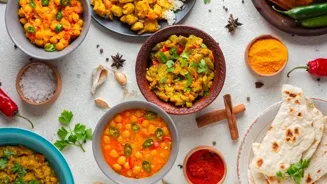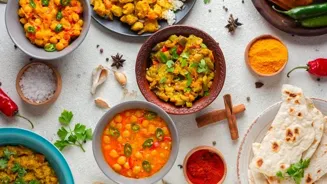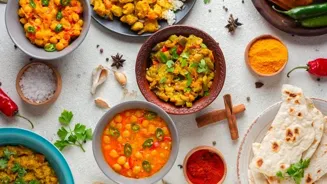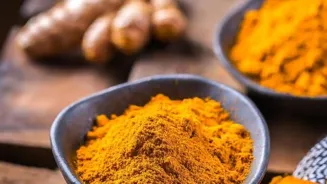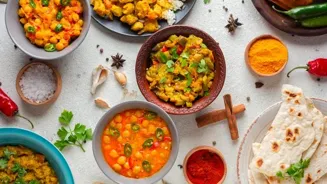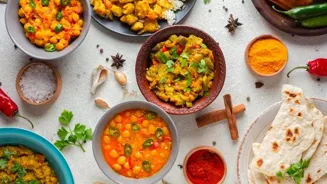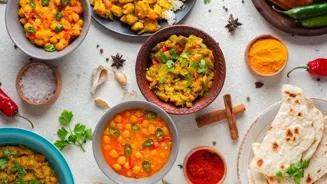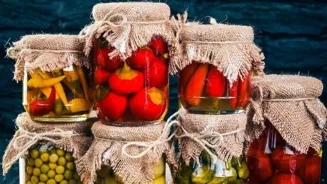Discover the aromatic secrets of Indian cuisine with these 10 must-have spices. Elevate your cooking from simple to spectacular!
India, truly a land of vibrant colours and diverse cultures, is equally renowned
for its incredibly flavourful cuisine. And at the very heart of Indian cooking lies a treasure trove of spices.
These aromatic wonders not only add depth and complexity to dishes but also offer a plethora of health benefits. For any home cook looking to recreate the magic of Indian flavours, stocking up on essential spices is the first crucial step.
Forget fancy ingredients; the soul of Indian food resides in these ten must-have spices that should be present in every Indian kitchen, be it a bustling city apartment or a cozy home in a village. These are easily available at your local kirana store or even online these days.
So, let's dive in and discover the aromatic secrets that will elevate your cooking from simple to spectacular.
Turmeric: golden spice with health benefits in Indian cuisine & skincare
The first spice on our list is turmeric (haldi). This golden spice is a cornerstone of Indian cooking, imparting a warm, earthy flavour and a vibrant yellow hue to dishes. Turmeric is derived from the root of the Curcuma longa plant, and is not just about color and taste.
This root offers immense health benefits. It is widely known for its antioxidant and anti-inflammatory properties, thanks to the presence of a compound called curcumin.
From adding it to dal and vegetables to using it in marinades for paneer and even as a remedy for common colds when mixed with warm milk, turmeric is a versatile and essential ingredient. Every Indian kitchen, irrespective of their cuisine, make use of turmeric in their dishes.
It is also used in skincare and beauty products in India as it is known to give the skin a healthy glow.
Cumin: versatile spice with bold flavor and health benefits
Next up is cumin (jeera). These tiny, boat-shaped seeds pack a powerful punch of flavour, offering a warm, earthy, and slightly bitter note to dishes. Cumin is a staple in Indian cuisine, used both whole and ground. It is often used for tempering or for roasting.
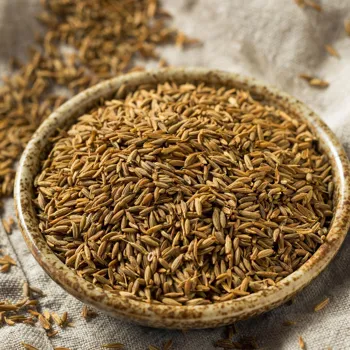
It is a simple additive which delivers a very different taste. Cumin seeds are commonly added to tempering oils or roasted and ground into a powder to season curries, rice dishes, and even yogurt-based preparations like raita.
Besides its flavour profile, cumin is also believed to aid digestion and boost immunity. Many people add cumin to their daily diet in different forms to make use of health benefits.
Coriander: versatile spice in Indian cuisine, seeds for depth, leaves for freshness
Our third must-have spice is coriander (dhania). Coriander comes in two forms: seeds and leaves. Both are essential in Indian cooking. Coriander seeds offer a mild, citrusy flavour, while the fresh leaves provide a bright, refreshing aroma.
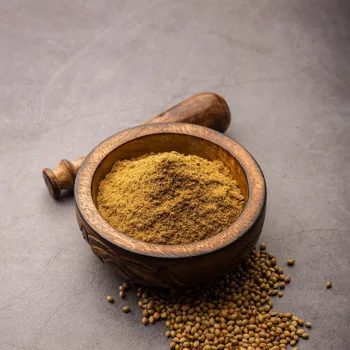
Coriander seeds are typically roasted and ground into a powder to add depth to curries and stews, while fresh coriander leaves are used as a garnish to add a burst of freshness and flavour. This is a simple spice that is easily available in every store.
Even if you plant it in your garden, it grows easily with minimal effort. Coriander is believed to have cooling properties and is often used in summer dishes.
Mustard seeds add pungent flavor and health benefits in cooking
Moving on, we have mustard seeds (rai). These tiny seeds, available in brown, black, and yellow varieties, add a pungent and slightly nutty flavour to dishes. Mustard seeds are most often used in tempering, where they are added to hot oil and allowed to pop, releasing their aromatic oils.
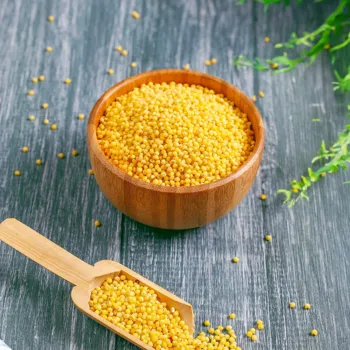
This adds a distinctive flavour to dals, vegetables, and South Indian specialties like sambar and idli. These seeds are not only about flavour; they are also believed to have detoxifying properties. You can also use mustard oil for cooking or pickling different vegetable items.
It is also used in hair oils!
Indian chilli powder varieties add versatile spice to dishes
The fifth essential spice is chilli powder (lal mirch). India boasts a wide variety of chillies, each with its unique flavour and heat level. Chilli powder, made from ground dried chillies, is used to add spice and warmth to dishes.
The most commonly used varieties include Kashmiri chilli powder, known for its vibrant red colour and mild heat, and hotter varieties like Byadgi and Guntur chillies. From curries and stir-fries to pickles and chutneys, chilli powder is a versatile ingredient that can add a kick to any dish.
For those who are sensitive to spice, you can use Kashmiri chilli powder which delivers more colors than spice. The options are immense when you go to your local store to pick.
Ginger and garlic essential in Indian cuisine, with health benefits
The sixth spice is ginger (adrak) and garlic (lehsun). While technically not spices in the strictest sense, ginger and garlic are indispensable flavour enhancers in Indian cooking. Ginger adds a warm, slightly pungent flavour to dishes, while garlic provides a strong, savoury aroma.
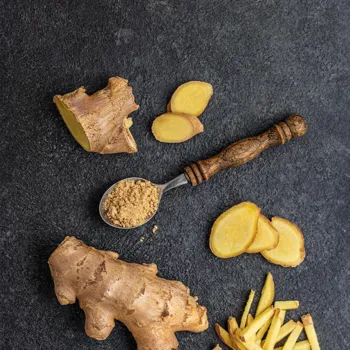
Both are commonly used in pastes, marinades, and as a base for curries and stir-fries. Ginger and garlic are also known for their medicinal properties, with ginger believed to aid digestion and garlic known for its immune-boosting benefits.
If you have a sore throat and drinking kadha (ginger, cloves and cinnamon powder concoction) could offer relief. These are used so widely in India that people use them as a first resort for every problem.
Cardamom: prized spice in Indian cuisine, green for sweet dishes, black for savory
Next is cardamom (elaichi). Cardamom also comes in two variations i.e. green and black cardamom. These aromatic pods are considered one of the most prized spices in Indian cuisine. Green cardamom, with its sweet, floral aroma, is used in desserts, beverages, and rice dishes.
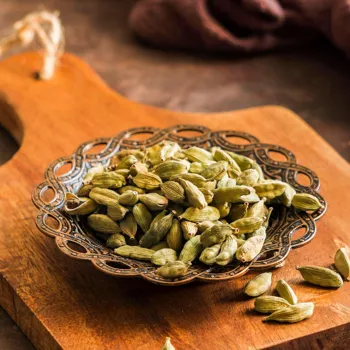
Black cardamom, with its smoky, earthy flavour, is used in savory dishes like biryani and curries. Cardamom is not only about flavour; it is also believed to aid digestion and freshen breath. This will surely add a taste that will be remembered.
Cloves add flavor to dishes and have medicinal properties
Followed by cloves (laung). These tiny, nail-shaped spices add a warm, slightly pungent flavour to dishes. Cloves are often used whole in tempering or ground into a powder to season curries, stews, and even chai. Cloves are also known for their antiseptic and analgesic properties.

When you have a tooth ache, put cloves near the aching tooth to get sudden relief. Or you can use cloves when you have a sore throat or cough. They are also added to different Indian masalas.
Cinnamon: versatile spice with health benefits
The ninth spice is cinnamon (dalchini). Cinnamon sticks or powder adds a sweet, warm, and slightly woody flavour to dishes. Cinnamon is used in both sweet and savory dishes, from desserts and beverages to curries and biryanis.
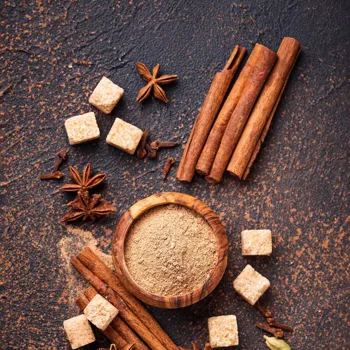
Cinnamon is also believed to have antioxidant and anti-inflammatory properties, and helps in controlling blood sugar levels. Many people would add 1/2 inch broken piece to the cinnamon to their morning tea for health benefits.
Nutmeg and mace add warm, nutty notes to dishes, with calming properties
And finally, we have nutmeg and mace (jaiphal and javitri). These two spices, derived from the same fruit, offer warm, nutty, and slightly sweet notes to dishes. Nutmeg is the seed of the fruit, while mace is the outer covering of the seed.
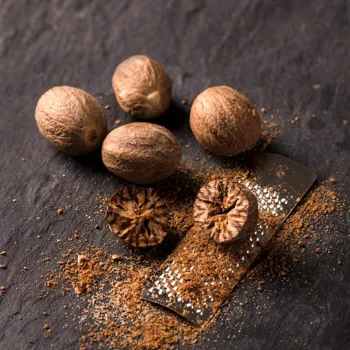
Nutmeg is typically grated and used in desserts, beverages, and sauces. Mace is used whole or ground in savory dishes like biryani and curries. Nutmeg and mace are also believed to have calming and sleep-promoting properties. When added to any dessert, they delivers a different rich taste.
Essential spices for authentic Indian dishes
These ten spices are the foundation of flavour in Indian cooking. By stocking up on these essential ingredients, you'll be well on your way to creating authentic and delicious Indian dishes in your own kitchen.
Don't be afraid to experiment with different combinations and proportions to find your own signature flavours. Happy cooking!
AI Generated Content. Glance/InMobi shall have no liability for the content